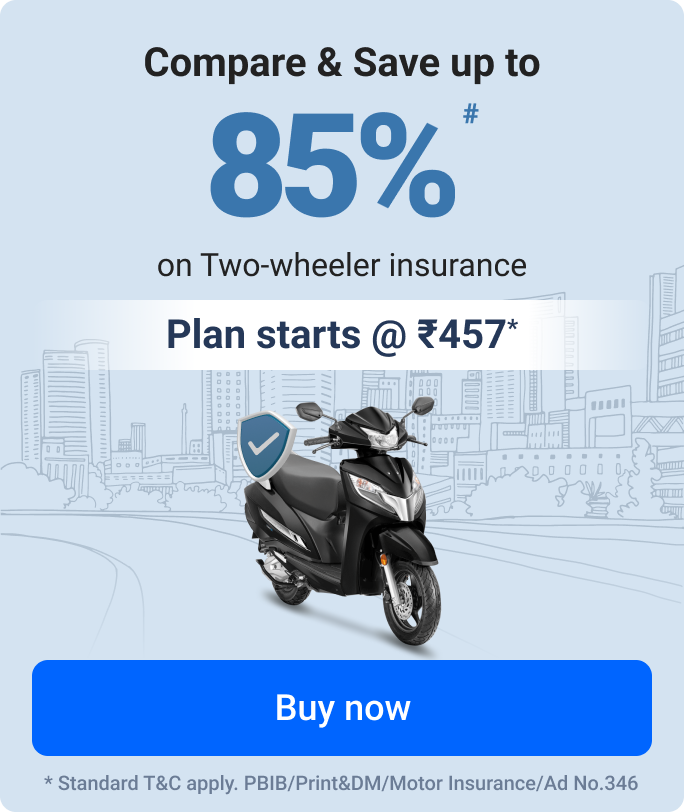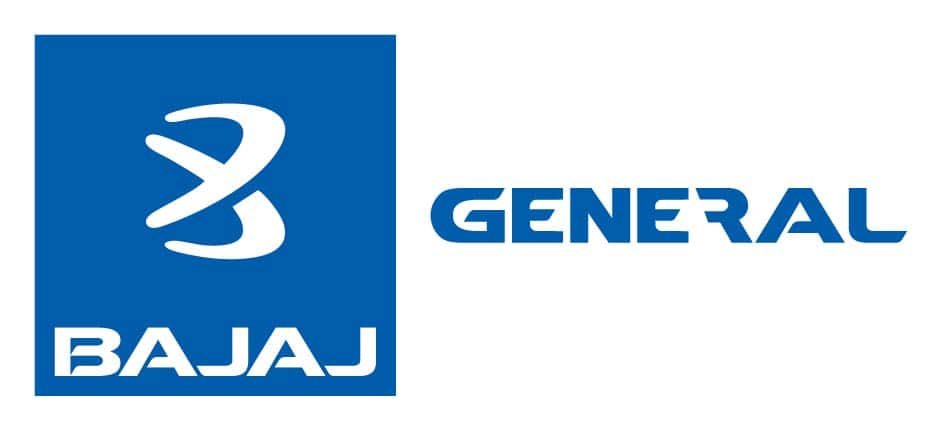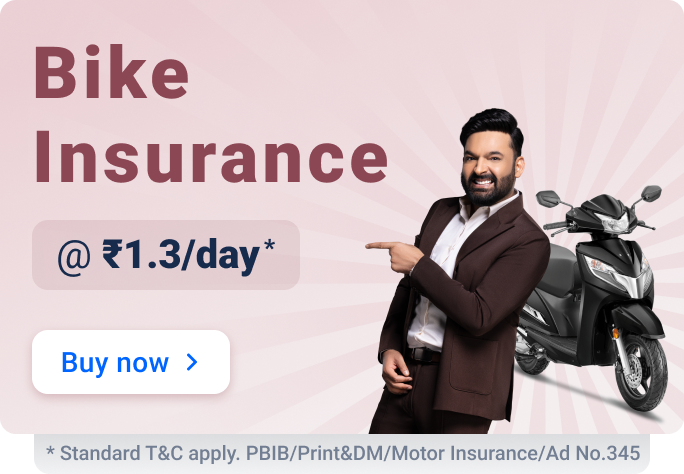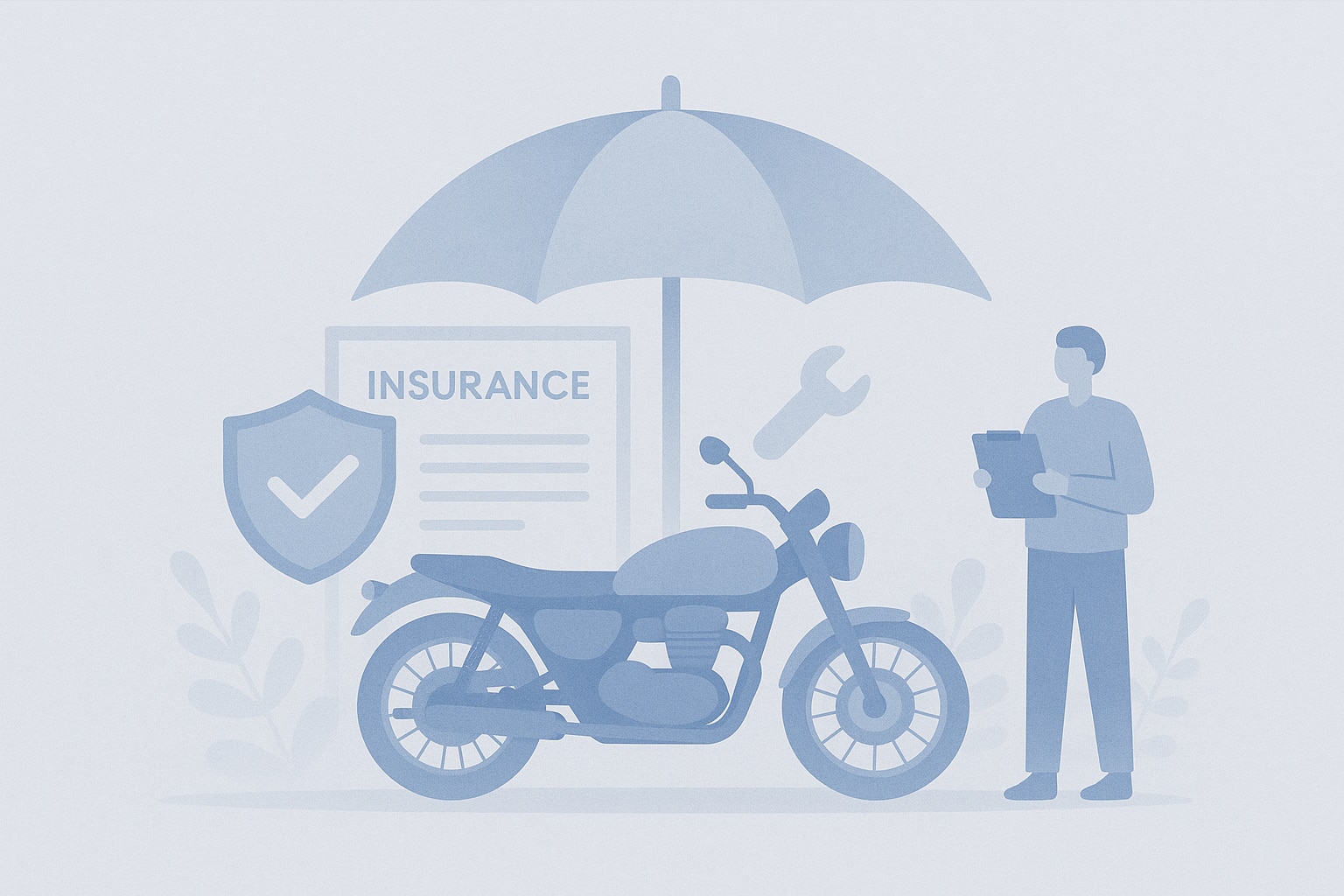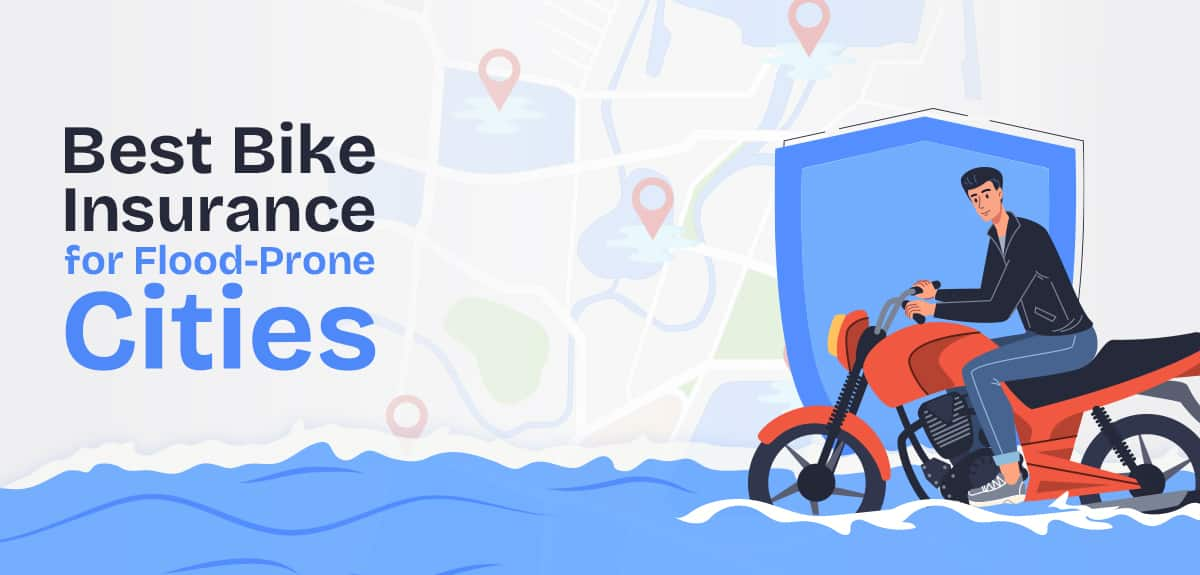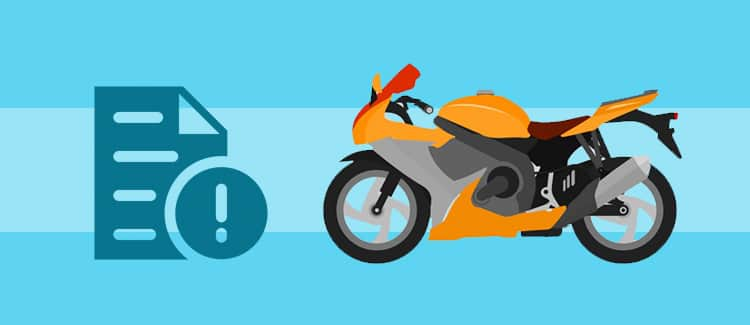The 10 Most Common Motorcycling Myths Busted
Either you are a seasoned biker or a beginner with a new set of wheels; you have probably heard few motorcycling myths. Some are harmless, some are wildly exaggerated, and others can be dangerous. In this page, we have busted the most common motorcycling myths among youngsters along with it explained the truth behind them, which further help you in making informed decision and maintain safety throughout the journey.
10 Common Myths About Motorcycles in India
Don't let these 10 outdated myths about motorcycling mislead your judgment:
-
Loud Noise Save Lives
Many riders believe that the noise from their exhaust makes them more noticeable among all, especially when they are stuck in a traffic jam.
Truth: While it might feel like honking or making loud sound make you more visible, most car drivers don't hear bikes until it's too late. Relying on noise for safety is risky. Instead, proper riding gear, use your headlights, and ride defensively. In fact, excessive exhaust noise is penalized in most of the scenarios, and can negatively impact public perception of motorcyclists.
-
Helmets Are Only Necessary for Long Rides
You might have heard people say, "I'm just going down for grocery shopping, I don't need a helmet."
Truth: Statistics show that most motorcycle accidents happen within 5 kilometers of their residence. A helmet can literally mean the difference between life and death, even when you are going to a nearby grocery store. Therefore, invest in an ISI certified helmet with full-face protection, and make sure it fits snugly so that protects your head. Moreover, in India, there a challan for not wearing a helmet.
-
Laying the Bike Down Is the Best Way to Avoid a Crash
This outdated idea suggests that sliding the bike on purpose is safer than braking hard.
Truth: With modern braking systems like ABS (Anti-lock Braking System) in bikes, you stay upright and balancing becomes easier. Laying the bike down removes your ability to control it and can cause injury.
-
Riding Gear Is Only for High-Speed Riders
Some believe safety gear is overkill for casual or city riders.
Truth: Whether you ride at 40 km/h or 140 km/h, falling without protection can lead to serious injury. Jackets with padding, gloves, boots, and armored riding pants significantly reduce risk in any crash. Even urban commuting requires basic safety gear, you're just as vulnerable in traffic.
-
Motorcycles Are More Fuel Efficient, So They're Always Cheaper
Yes, motorcycles generally offer better mileage than cars, but that doesn't mean they're always the cheapest option.
Truth: When you consider maintenance, gear, modifications, and bike insurance, the total cost of ownership can add up. High-performance bikes may actually have lower mileage and higher upkeep costs than people expect. Make sure to consider the full cost before making assumptions.
-
Experienced Riders Don't Need Safety
Once people get a few years of riding under their belt, they often assume they know everything.
Truth: Even veteran riders develop bad habits. Safety is important and for that stay updated with new techniques, know traffic law changes, and defensive riding strategies. Additionally, learn emergency maneuvering skills and be a more confident rider.
-
You Can Corner Better by Leaning Your Body More
This myth is common in racing-inspired conversations, leaning harder means you are taking the corner better, right?
Truth: Leaning too much without understanding the bike's geometry can throw off your balance. Cornering correctly involves a combination of throttle control, braking, and body positioning, not just leaning aggressively. Therefore, learn the science behind cornering before copying track moves on the street.
-
Bigger Bikes Are Automatically Better
Many new riders dream of owning a 600cc+ bike, thinking it's the best in motorcycling world.
Truth: Power doesn't always equal better. Heavy bikes require more skill, weight handling, and balancing skills. Having a big engine before you're ready can be unsafe and intimidating. Therefore, start with a manageable bike that helps you grow your skills, then upgrade when you are confident.
-
Motorcycle Tyres Should Be Changed Only When Bald
Many riders wait until their tyre are completely worn out before replacing them.
Truth: Worn tyres reduce grip, braking ability, and cornering confidence. Tyre should be replaced based on the exposure to environment. Even unused tyre degrade over time due to weathering. Hence, regular tyre checks are a key part of bike maintenance.
-
I Don't Need Bike Insurance If I Don't Ride Often
Many riders choose to skip bike insurance renewal date if they only ride on weekends or keep the bike garaged most of the time.
Truth: Accidents, theft, or damage can happen anytime, even if your bike is parked. Additionally, riding without valid bike insurance is illegal in India, leading to a challan of ₹2000 and/or imprisonment of 3 months.
Having active two-wheeler insurance ensures you're financially protected, even if you're an occasional rider. Additionally, insurers often reward low-risk riders with No Claim Bonuses, reducing your bike insurance premium over time.
Why Busting These Myths Matters?
Motorcycle rides are thrilling but it's also filled with misinformation that can lead to risky decisions or false confidence. By debunking these myths, riders can make smarter, safer, and more cost-effective choices.
Here's what every rider should do:
- Invest in proper riding gear
- Take a rider training course
- Maintain your bike and tyres regularly
- Choose the right bike for your skill level
- Buy or renew bike insurance online on time.
FAQs-Most Common Motorcycling Myths
-
Q. What are 3 interesting facts about motorcycles?
Ans:
- Oldest motorcycle: The first gasoline-powered motorcycle was built in 1885 by Gottlieb Daimler and Wilhelm Maybach.
- Fastest production bike: The Dodge Tomahawk can reach speeds of over 300 mph (480 km/h)-though it's not street-legal.
- Motorcycle clubs: The largest motorcycle club in the world is the Harley Owners Group (H.O.G.), with over 1 million members.
-
Q. Is Roadside Assistance available 24x7?
Ans: Yes. The RSA cover is available 24x7 with various services to assist you in an emergency. -
Q. What is the most common motorcycle accident?
Ans: The most common motorcycle accident is a vehicle turning left in front of a motorcycle, usually at intersections. This is often due to the driver misjudging the biker’s speed or failing to see the bike at all. -
Q. What is the hardest thing to learn on a motorcycle?
Ans: For most new riders, the hardest thing to learn is slow-speed control, especially balance and clutch-throttle coordination during tight turns or parking maneuvers.
^The buying/renewal of insurance policy is subject to our operations not being impacted by a system failure or force majeure event or for reasons beyond our control. Actual time for a transaction may vary subject to additional data requirements and operational processes.
*TP price for less than 75 CC two-wheelers. All savings are provided by insurers as per IRDAI-approved insurance plan. Standard T&C apply.
*Rs 538/- per annum is the price for third party motor insurance for two wheelers of not more than 75cc (non-commercial and non-electric)
#Savings are based on the comparison between the highest and the lowest premium for own damage cover (excluding add-on covers) provided by different insurance companies for the same vehicle with the same IDV and same NCB.
*₹ 1.5 is the Comprehensive premium for a 2015 TVS XL Super 70cc, MH02(Mumbai) RTO with an IDV of ₹5,895 and NCB at 50%.
*₹457/- per annum (₹1.3/day) is the price for third-party motor insurance for private electric two-wheelers of not more than 3KW (non-commercial). Premium is payable annually. The list of insurers mentioned is arranged according to alphabetical order of the names of insurers respectively. Policybazaar does not endorse, rate or recommend any particular insurer or insurance product offered by any insurer. The list of plans listed here comprise of insurance products offered by all the insurance partners of Policybazaar. For the complete list of insurers in India, refer to the Insurance Regulatory and Development Authority of India website: www.irdai.gov.in

